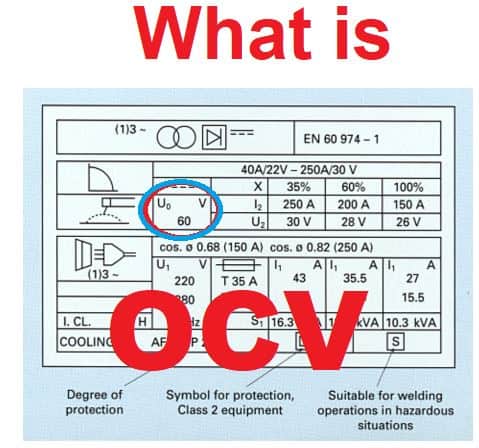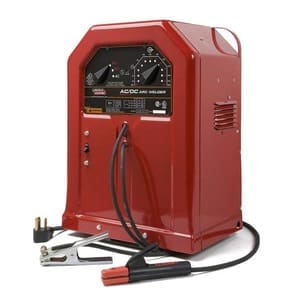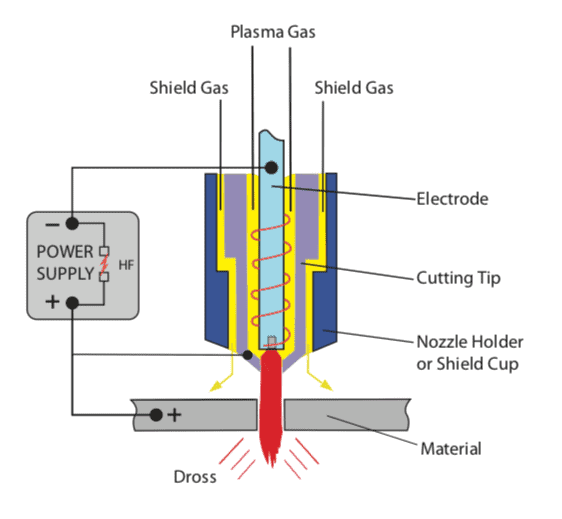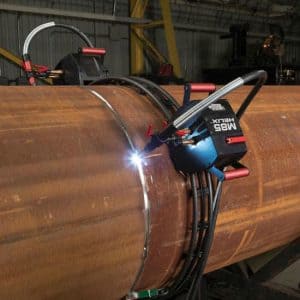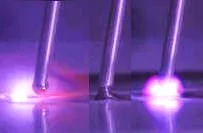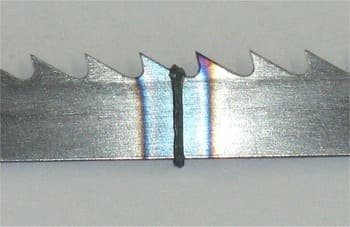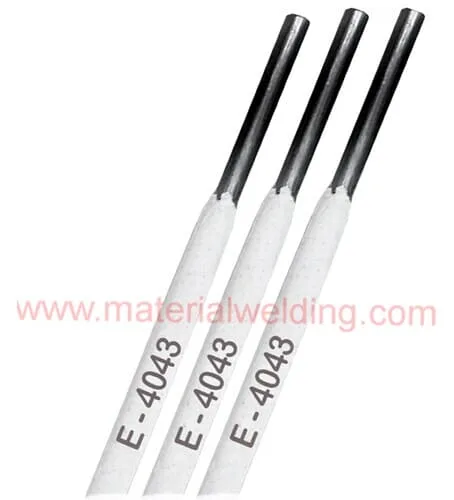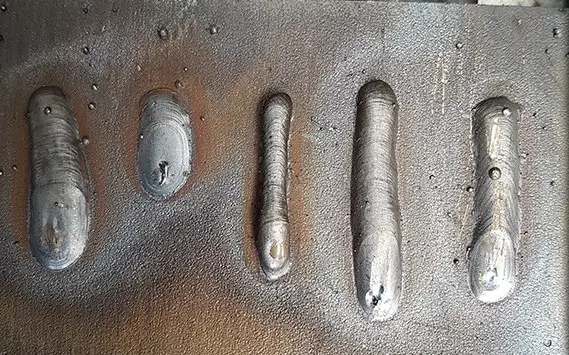How to check volts and amps on a welding machine
It is important to verify & Check volts and amps on a Welding Machine as this will determine the quality of your welds, the stability of your arc, and how long your machine will last.
There are various methods to check volts and amps on a welding machine, but the most important thing is to make sure that you do it regularly.
By doing so, you can be sure that your machine is always in top condition and that you’ll always get the best possible results.
Methods to check volts and amps on a welding machine
When welding, it is important to have the correct amount of voltage and amperage. Too much or too little of either can result in poor welds.
There are a few different ways that you can check the volts and amps on your welding machine.
- Using a Multimeter.
- Reading directly amps and volts on welding machine panel.
- Reading on the machine Voltmeter and Ammeter.
- Using a Load Bank
Using Multimeter to check volts and amps on a welding machine
The first method is to use a multimeter. A multimeter is an electronic device that can be used to measure voltage, current, and resistance.
👉👉👉👉👉Best Multimeter for Welding Volts & Amps Checking👉👉👉👉👉
To use a multimeter to measure the voltage of a welding machine, set the dial on the multimeter to the “V” position.
Then, touch the red probe of the multimeter to the positive terminal of the welding machine and touch the black probe of the multimeter to the negative terminal of the welding machine. The reading on the multimeter will be the voltage of the welding machine.
Similarly, you can check the amps on a welding machines using the same Multimeter.
Reading directly amps and volts on welding machine panel
This is a simple way by reading the values off of the welding control machine panel. On machine setting panel, The amps and volts knobs are clearly labeled for their corresponding values.
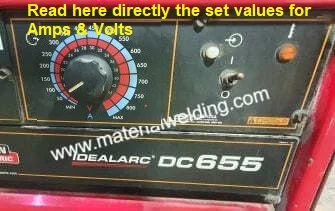
You can directly know the set values via these knobs/ button for set volts and amps on a welding machine.
Reading on the machine Voltmeter and Ammeter
A voltmeter is used to measure the voltage of the welding machine, and an ammeter is used to measure the current.
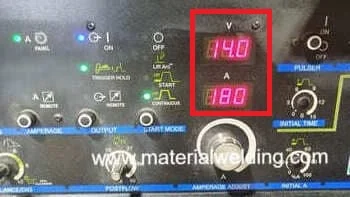
Most welding machines will have these ammeter and voltmeter inbuild (you can notice on welding machine panel as shown in above picture), so it is simply a case of reading the values when welding is on.
Note that the accurate reading will only be visible while welding in on. If there is no welding, Voltage is generally shown as zero on the machine displays. Although amperage value will be visible as set on the welder.
Using an external Voltmeter
Another way is to use a voltmeter. You will want to set the voltmeter to the AC setting and then touch the leads to the welding machine’s output terminals. The reading on the voltmeter will tell you the volts that the machine is outputting.
Use clamp meter for AC Welder.
Using an external Ammeter
Another way to check the volts and amps on your welding machine is by using an amp meter.
To do this, you will need to touch the leads of the amp meter to the welding machine’s output terminals.
The reading on the amp meter will tell you how many amps the machine is outputting.
Checking Volts and Amps using a Load Bank
A load bank is a common tool used to check the volts and amps on a welding machine. By connecting the load bank to the welding machine, it’s possible to check the voltage and current output of the machine.
This is important during calibration, as it can help ensure that the welding machine is set to the correct output level.
There are two main types of load banks – resistive and inductive. Resistive load banks are made up of resistors, while inductive load banks use inductors. Both types of load banks can be used to check the volts and amps on a welding machine.
To use a load bank, first connect it to the welding machine. Then turn on the power to the load bank. The power light on the front of the unit should turn on. Next, select the desired voltage and current output on the welding machine.
How to use a voltmeter in welding?
Using a voltmeter is an important part of welding and can be used for various purposes.
It is essential to measure voltage in order to ensure quality welds and safety. Inspecting the quality of a weld requires knowledge on how to use the voltmeter correctly.
Start by connecting one lead from the meter to the negative terminal of the welding machine and the other lead goes to a metal part being welded.
The metal area should be clean from any paint, dirt or rust in order for an accurate reading. When setting up, make sure that all connections are secure with no exposed wires before turning on the welder.
Turning on the welder will then generate current which will pass through the metal areas being connected together and this generates heat which creates a joint between two pieces.
To use a voltmeter in welding:
- Connect the voltmeter leads to the welding machine output.
- Turn on the welding machine and set the voltage to the desired level.
- Check the voltmeter display to see if it matches the voltage setting.
- Adjust the welding machine voltage as necessary to match the desired setting.
- Continuously monitor the voltmeter during welding to ensure the voltage remains stable.
Reference: How to measure ac voltage | Fluke
